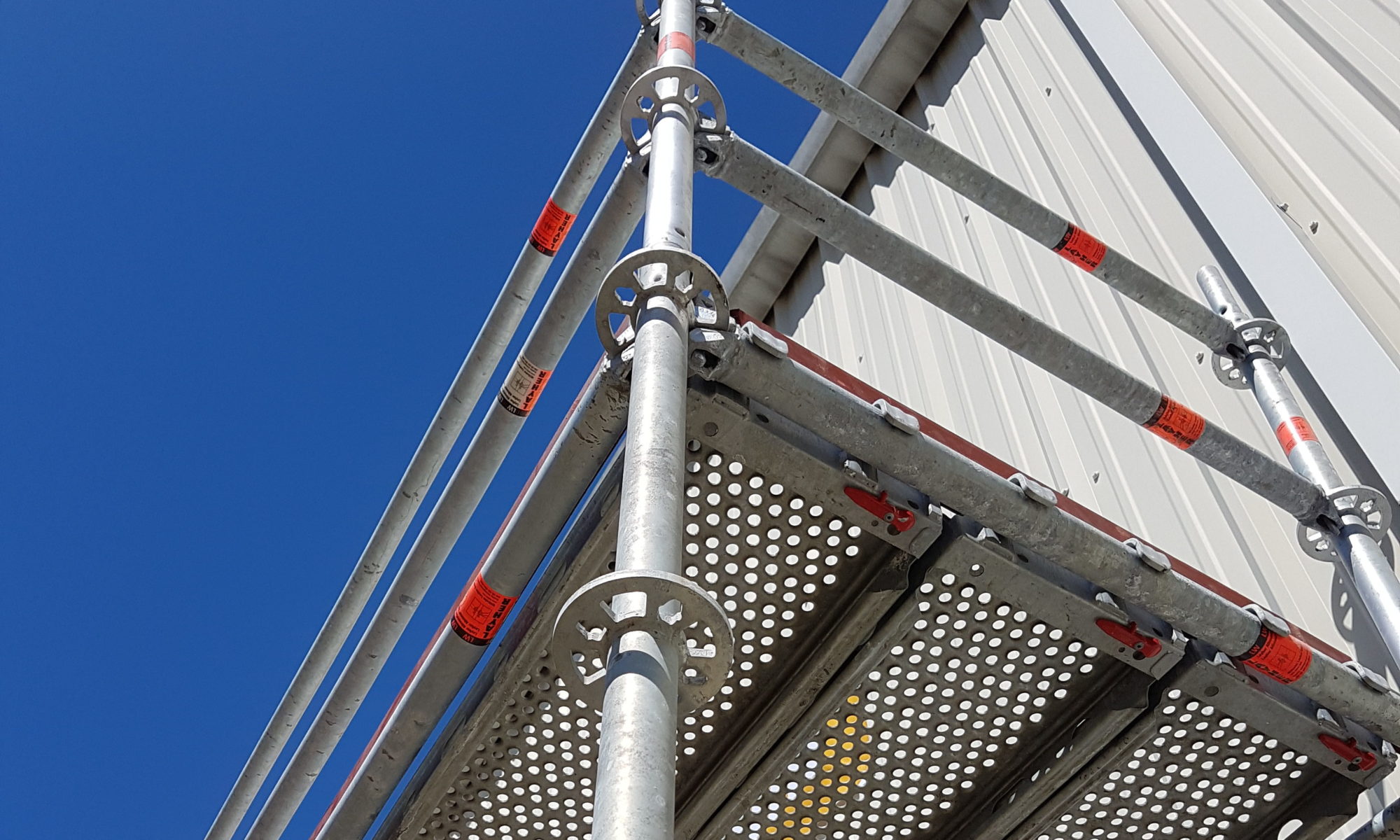Mobile and rolling Scaffolding Towers have been used for a very long time. The more wobbly obsolete versions are made of steel and the more updated stable modern versions are made of Aluminum.
If you’re looking for something that’s really easy and fast to assemble, has lightweight parts, can be used both inside and outside on delicate surfaces, can be moved around easily, then an Aluminum Scaffolding Tower is your choice. As always when there’s aluminum involved, there’s a max load limitation to consider. In most cases the individual platform (scaffolding deck) sets the limit. Europe has a better system to classify Scaffolding compared to USA. In Europe it is called Load Class and it ranges from 1 to 6, six being the strongest. The US system only use the range Light (25 psf), Medium (50 psf) or Heavy duty (75 psf).
The best professional aluminum scaffolding brands are rated at Load Class III, which translates to 48 psf. Medium duty range starts from 50 psf so the scaffolding gets classified as light duty (25 psf). The US system is a bit misguiding since the scaffolding is almost Medium duty.

If you’re looking for the most stable scaffolding tower, aluminum is your choice. But beware for cheaper types. There are two top of the line brands to look for, Alufase and Upright. Both are made in Europe and they are compatible with each other.
Things to consider when choosing your Aluminum Scaffolding Tower:
1. Is it welded aluminum or cold deformed? Welded aluminum is not as strong as cold deformed aluminum. The brand Werner is welded whereas Alufase and UpRight Scaffolding use cold deformation.
2. What’s the space between the rungs on the frames? The frames are used for climbing inside the scaffolding tower, and although OSHA approve a distance of 400 mm (16″), a shorter distance (300 mm, 12″) is easier to climb and give a sturdier frame.
3. How many platforms are included? Do they have hatches? Platforms with trapdoors are much more useful compared to solid decks.
4. Guardrails, are they just extra horizontal braces or real sturdy guardrail braces. Both are OSHA approved but the latter is better.
5. Casters (wheels). Many towers come with inadequate casters, either they’re too small or low quality. Bigger casters are easier to roll around. They should also be non-marking to be used indoors.
6. Adjustable legs. It’s normal that the smallest units doesn’t come with adjustable legs, but the higher you go the more important adjustable legs are. They are used to level your scaffolding tower, to adjust for uneven surfaces and also allow you to reach that extra inch.
7. Outriggers. The outriggers, or stabilizers, are used to widen the base of the scaffolding. Remember that you need a 1:4 base height ration to be OSHA compliant. Make sure that you get a tower with real sturdy outriggers that actually widens your base compared to cheaper variants.
8. Single or Double Span? Most manufacturers offer a single wide frame or a double wide frame. This is also called single or double span. The difference between the is the width. Single Wide has room for one platform and double wide has room for two platforms beside each other. Your project decides which type you need. A single span can be more flexible for inside use and the double span gives you more work space.
9. Foldable base? Setting up the base is usually the trickiest part when assembling a scaffolding tower, especially if you’re doing it alone. To remedy that problem you can get a scaffolding tower with a base that folds up. It’s usually optional and cost extra. If you don’t need it, check that it’s at least offered in case you need it later.

If you’re looking for Aluminum Scaffolding Towers in the US, Scaffold USA has a wide range of scaffolding packages from Alufase. For more information, prices and online purchase, click here for single span and double span towers.


